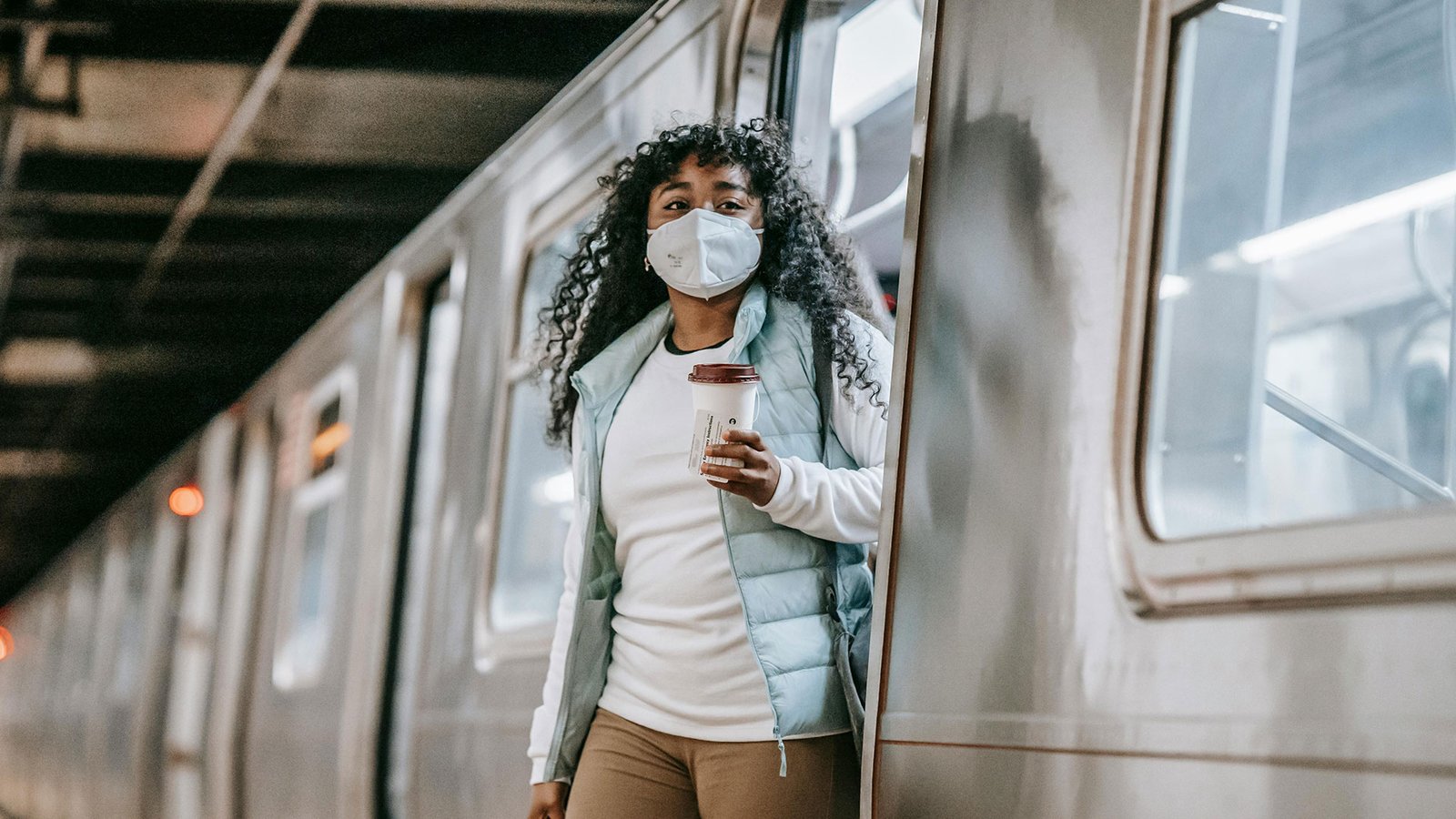As we navigate through the challenges posed by the ongoing COVID-19 pandemic, one crucial aspect of daily life has become abundantly clear: wearing masks on public transit is essential. In this article, we’ll delve into the reasons why mask-wearing isn’t just a recommendation, but a fundamental component of ensuring the safety and well-being of both passengers and transit staff.
Why Wear Masks on Public Transit? The use of masks on public transit is not merely a matter of personal preference—it’s a vital step in minimizing the risk of COVID-19 transmission. Public transportation environments, such as buses, trains, and subways, often involve close proximity to others, making them potential hotspots for the spread of respiratory droplets. Masks act as a barrier, helping to prevent the transmission of these droplets and reducing the risk of infection for both passengers and transit workers.
Common Myths Debunked: Despite overwhelming scientific evidence supporting the effectiveness of masks in preventing the spread of COVID-19, myths and misinformation continue to circulate. From concerns about oxygen levels to misconceptions about the discomfort of wearing masks, it’s important to address these falsehoods and emphasize the importance of mask-wearing as a proven method of reducing transmission rates on public transit.
Protecting Vulnerable Populations: Public transit serves as a lifeline for many individuals, including essential workers, the elderly, and those with underlying health conditions. By wearing masks on public transit, we demonstrate our commitment to protecting these vulnerable populations, who may be at higher risk of severe illness if exposed to the virus. Mask-wearing is not just about personal safety—it’s an act of solidarity and compassion towards those who rely on public transportation for essential travel.
Setting a Positive Example: As members of a community, we have a responsibility to lead by example. By consistently wearing masks on public transit, we not only protect ourselves and others but also contribute to a culture of safety and responsibility. Our actions can inspire fellow passengers to do the same, creating a ripple effect of compliance and adherence to public health guidelines.
Adapting to the New Normal: As we continue to adapt to the realities of living with COVID-19, incorporating mask-wearing into our daily routines—including while using public transit—has become essential. While it may take some adjustment, wearing masks on public transit is a small sacrifice that yields significant benefits in terms of reducing transmission rates and protecting public health.
Conclusion: In conclusion, wearing masks on public transit is a simple yet powerful way to contribute to the collective effort to combat COVID-19. By donning masks, we protect ourselves, safeguard others, and demonstrate our commitment to the well-being of our communities. So, the next time you board a bus, train, or subway, remember to mask up for safe travels. Together, we can navigate these challenging times with resilience, solidarity, and a commitment to public health and safety.

